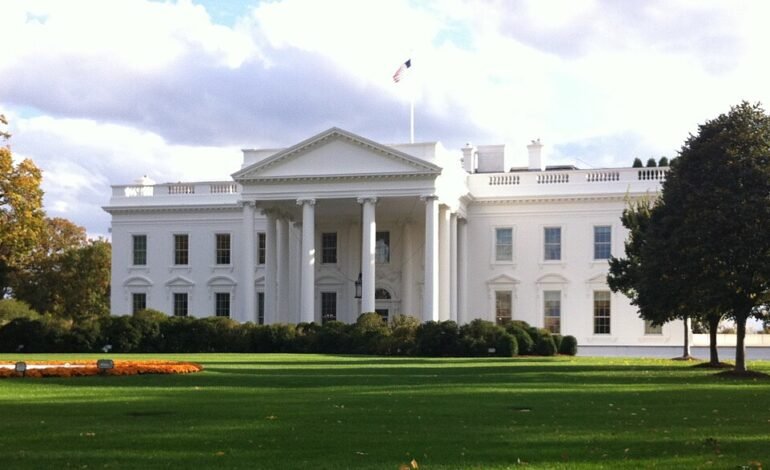PLBechly, CC BY-SA 4.0, via Wikimedia Commons
Bulldozers began work on the White House grounds on Monday, October 20, 2025, marking the formal start of an ambitious renovation spearheaded by President Donald Trump. The centerpiece is the construction of a new $250 million ballroom, but the plan encompasses much more: interior renovations, a redesign of the Rose Garden, and structural changes that reflect the president's signature gilded aesthetic.
Trump has personally assumed the role of what he calls the "builder-in-chief" of a "more modern and respected" White House. In every public appearance, the president emphasizes his entrepreneurial and designer side. "I've always been a builder, and now I'm building a nation that is respected again," he said during a dinner with donors last month, where he announced that allied magnates would finance much of the work.
A new face for the presidential residence
The master plan includes the partial demolition of the East Wing to make way for the new ballroom—a marble and glass structure with a capacity for about 900 people—and the renovation of iconic spaces such as the Kennedy Bathroom, which will be clad in statuary marble, and the Rose Garden, converted into a Mar-a-Lago-style stone courtyard. Trump has said he seeks to “reflect the classic splendor of the Civil War era,” a style that has drawn both admiration and criticism.
According to the White House, the projects are being funded by private contributions, primarily from businessmen who have contributed to the president's campaigns. Trump himself has joked publicly that the construction of the lounge "is the price of having access to the president."
Controversy and legal questions
The American Institute of Architects and several historic preservation organizations have expressed concern about the scope of the work and the potential damage to the building's neoclassical design. Democratic lawmakers have called for an audit of the private funds used to finance the renovations, while the administration is invoking a 1964 law that authorizes the president to make "cosmetic and structural alterations" to the official residence.
Despite the controversy, the president insists that the changes will transform the White House into "the most impressive jewel of the West" and that the work will be completed before the end of his term in January 2029.
With this project, Trump not only seeks to leave his mark on American political history, but also—literally—on the foundations of the presidential palace.
For more stories like this, follow More Latin.
Sources:

